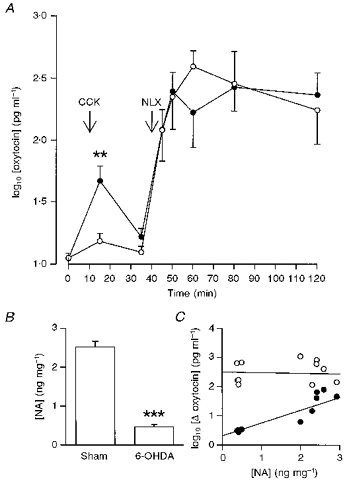Figure 1. Effects of chronic noradrenaline depletion on morphine withdrawal-induced hypersecretion of oxytocin.

A, log10 plasma oxytocin concentrations (± s.e.m.) versus time in pentobarbitone-anaesthetized 6-OHDA- (○, n = 7) or sham-lesioned (•, n = 7) morphine-dependent rats administered CCK (20 μg kg−1, i.v.) at t = 10 min and naloxone (NLX; 5 mg kg−1, i.v.) at t = 40 min. Two-way repeated measures (RM) ANOVA showed that there was no effect of 6-OHDA lesion on the morphine-withdrawal hypersecretion of oxytocin. However, the change in oxytocin concentration following CCK was significantly reduced with respect to that in sham-lesioned rats (**P < 0.01, Mann-Whitney U test). B, hypothalamic noradrenaline concentrations (ng (mg wet weight)−1 ± s.e.m.) in sham- and 6-OHDA-lesioned rats at t = 120 min; ***P < 0.001, unpaired t test. C, scatter plot of the change (Δ) of (log10) plasma oxytocin concentration in individual sham- or 6-OHDA-lesioned, morphine-dependent rats following systemic CCK (20 μg kg−1, i.v.; •) or naloxone (5 mg kg−1, i.v.; ^) versus hypothalamic noradrenaline (NA) content (ng (mg wet weight)−1). There was a significant correlation of hypothalamic noradrenaline content with the change in oxytocin concentration after systemic CCK (r = 0.830; P = 0.002; n = 11), but not with that after naloxone (r = −0.053; P = 0.870; n = 12).
